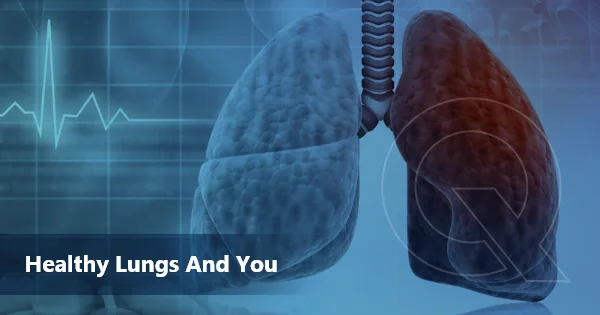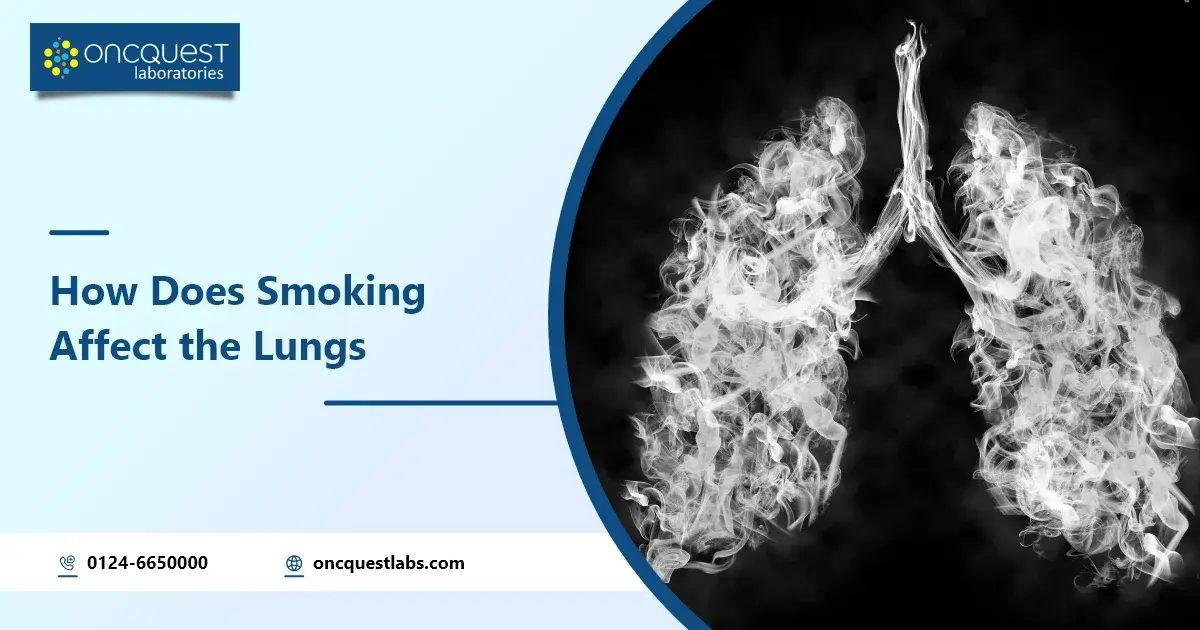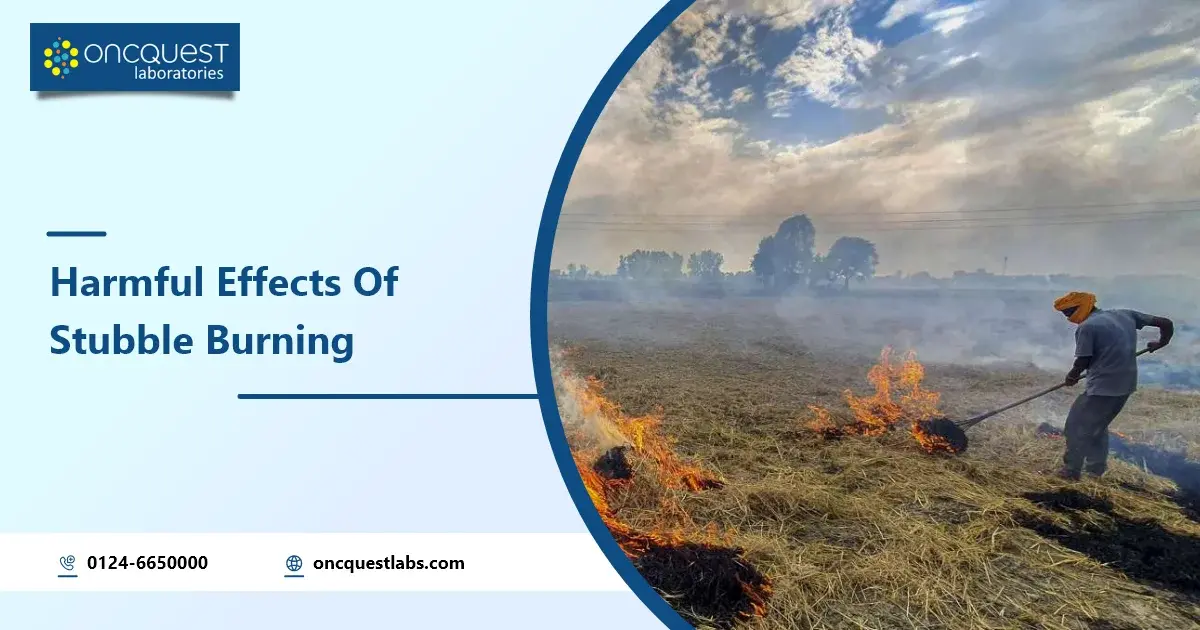Contents
- 1 Overview
- 1.1 What are the main causes?
- 1.2 Types of Common Lung Disease
- 1.2.1 Asthma
- 1.2.2 Asbestosis
- 1.2.3 Atelectasis
- 1.2.4 Bronchiectasis
- 1.2.5 Chronic obstructive pulmonary disease (COPD)
- 1.2.6 Pulmonary Fibrosis
- 1.2.7 Pneumonia
- 1.2.8 Pleurisy
- 1.2.9 Influenza (Flu)
- 1.2.10 Tuberculosis (TB)
- 1.2.11 Lung Cancer
- 1.2.12 Pulmonary hypertension (PH)
- 1.2.13 Pulmonary Embolism (PE)
- 1.2.14 Acute respiratory distress syndrome (ARDS)
- 1.2.15 Cystic fibrosis (CF)
- 1.3 How is Lung disease diagnosed?
- 1.3.1 Chest X-Ray
- 1.3.2 CT Scan
- 1.3.3 Chest Ultrasound
- 1.3.4 Spirometry
- 1.3.5 Blood Gas Analysis, Arterial
- 1.3.6 Complete Blood Count (CBC)
- 1.3.7 Immunoglobulin IgE
- 1.3.8 Cystic Fibrosis Mutation Detection
- 1.3.9 Mycoplasma Pneumoniae IgG & IgM Antibodies
- 1.3.10 Oximetry
- 1.3.11 Sputum Culture
- 1.3.12 Sputum Examination, AFB
- 1.3.13 Lung Biopsy
Overview
The lungs form part of the respiratory system, a collection of tissues and organs that work in tandem to assist in breathing. Each lung is divided into lobes. The bronchial branch that runs throughout the lung comprises the bronchus, the windpipe, the bronchioles, and the alveoli.
The principal purpose of the lungs is the gas exchange process known as respiration.
When you breathe the oxygen in the air, it gets into the bloodstream and carbon dioxide ( a waste gas produced by metabolism, is released from the blood.
What are the early warning signs of Lung Disease?
The lung infection symptoms can range from mild to serious. It is based on a variety of aspects, such as your health and age and whether the condition stems from bacteria, virus or fungus. The symptoms may be similar to flu or cold symptoms, but they are more likely to last for a longer time.
Warning signs of lung disease include:
- Persistent cough
- Chest congestion
- Breathlessness after little or no exertion
- Wheezing sound while breathing
- Fatigue
- An increased amount of mucus build-up
- Chronic chest pain that lasts longer
- Coughing up blood or frothy blood-streaked mucus
What are the main causes?
- Smoking Tobacco
- Breathing secondhand smoke
- Working with chemicals, dust and fumes
- A genetic condition called Alpha-1 deficiency
- A history of childhood respiratory infection
Tips to Reduce Your Risk for lung disease
- Don’t chew tobacco
- Quit smoking
- Avoid exposure to secondhand smoke.
- Stay indoors if there’s noticeable air pollution outside, such as smog
- Maintain good oral hygiene
- Protect yourself against chemicals, dust and fumes in your home and at work.
- Get regular aerobic exercise
- Get vaccinated against the flu and Pneumonia
- Wash your hands often with soap and water
- Visit the doctor regularly to get health checkups
Types of Common Lung Disease
A respiratory disorder may be temporary or chronic. Common lung conditions include:
Asthma
Asthma is a chronic condition that inflames the airways that carry air to the lungs. Inflamed airways are very sensitive and react to things in the environment called triggers, such as substances that are inhaled.
When the airways react, they swell and narrow even more and produce extra mucus, making it harder for air to flow to the lungs. The muscles around the airways also tighten, which further restricts airflow.
Asthma can be life-threatening if proper treatment is delayed.
Asbestosis
Asbestosis is a chronic lung disease caused by inhaling asbestos fibers. Asbestos is a natural mineral product used in products such as cement and some floor tiles. Prolonged exposure to these fibers can cause lung tissue scarring and shortness of breath. Asbestosis symptoms can range from mild to severe and usually don’t appear until many years after continued exposure.
Atelectasis
Atelectasis is the term for a collapse of one or more areas in the lung.
When some of your alveoli (help to exchange the oxygen in the air for carbon dioxide) don’t fill with air because of atelectasis, they cannot inflate properly or take in enough air and oxygen. If enough of the lung is affected, your blood may not receive enough oxygen, which can cause health problems.
Bronchiectasis
It is a condition where the bronchial tubes of your lungs are permanently damaged, widened, and thickened. These damaged air passages allow bacteria and mucus to build up and pool in your lungs resulting in frequent infections and blockages of the airways.
Chronic obstructive pulmonary disease (COPD)
COPD is an umbrella term used to describe progressive lung diseases, including Chronic bronchitis, Emphysema, Refractory (non-reversible) Asthma. This disease is characterized by increasing breathlessness. The bronchial tubes become inflamed and scarred in Chronic bronchitis, whereas the air sacs in the lungs are slowly destroyed in the case of Emphysema. It may be caused by smoking, air pollution, chemicals, or a genetic condition.
Pulmonary Fibrosis
A condition in which the tissue deep in your lungs becomes scarred, thick and stiff over time, making it hard for you to catch your breath. Causes of lung fibrosis include environmental pollutants, some medicines, some connective tissue diseases, and interstitial lung disease. Interstitial lung disease is the name for a large group of diseases that inflame or scar the lungs. In most cases, the cause cannot be found. This is called idiopathic pulmonary fibrosis.
Pneumonia
Pneumonia is an infection in one or both of the lungs, and it causes the air sacs of the lungs to fill up with fluid or pus. It can range from mild to severe, depending on the type of germ causing the infection, your age, and your overall health.
Pleurisy
When you breathe, the thin tissues that line your lungs and chest wall, called the pleura, rub together. However, when this tissue is inflamed or infected, it becomes irritated and swollen, causing significant pain. This condition is known as pleurisy or pleuritis.
Influenza (Flu)
Influenza is a respiratory infection caused by a virus. The flu virus usually spreads from person to person through coughing or sneezing. You can also get the flu by touching contaminated surfaces and then touching your nose or eyes.
Tuberculosis (TB)
A potentially severe infectious disease that mainly affects the lungs, TB is caused by bacteria that spreads from person to person through tiny droplets released into the air via coughs and sneezes.
People with weakened immune systems are at greater risk of getting TB.
Lung Cancer
Lung cancer is the growth of abnormal cells in one or both lungs. These cells can multiply rapidly and turn into tumours that interfere with the function of the lungs and, eventually, spread to other parts of the body.
Pulmonary hypertension (PH)
When the blood vessels that carry blood from your heart to your lungs become hard and narrow, it is known as Pulmonary hypertension (PH). Your heart has to work harder to pump the blood through. Over time, your heart weakens and cannot do its job, and you can develop heart failure.
Pulmonary Embolism (PE)
A severe condition usually happens when a blood clot breaks loose and travels through the bloodstream to the lungs, and it can be life-threatening and requires prompt medical attention.
Acute respiratory distress syndrome (ARDS)
ARDS is a condition that causes fluid to leak into the lungs, blocking oxygen from getting to the organs. It occurs when there is trauma to the lungs, e.g. sepsis, severe Pneumonia. It is a severe condition and can be life-threatening.
Cystic fibrosis (CF)
Cystic fibrosis is an inherited and life-threatening disease that causes thickened mucus to form in the lungs, pancreas and other organs. This mucus blocks the airways in the lungs, causing lung damage and making it hard to breathe.
How is Lung disease diagnosed?
There are various tests used to diagnose various lung diseases.
Chest X-Ray
Chest X-rays are a common type of exam and often among the first procedures you’ll have if your doctor suspects lung disease. They are used to check lung structure and chest cavity, and an X-ray will show areas of the lung that are clogged up or scarred.
CT Scan
For a more detailed evaluation of lung structure, CT Scan is conducted.
Chest Ultrasound
Chest Ultrasound is used to detect any fluid build-up in or around the lungs. It uses high-frequency sound waves to provide a detailed image of the lungs.
Spirometry
It is a common test used to assess how well your lungs work by measuring how much air you inhale, how much you exhale and how quickly you exhale.
Blood Gas Analysis, Arterial
An arterial blood gas (ABG) test measures oxygen and carbon dioxide levels in your blood, and it also measures the body’s pH level.
Complete Blood Count (CBC)
A series of blood tests are used to evaluate your overall health and detect a wide range of disorders.
Immunoglobulin IgE
It is used to establish an allergy diagnosis and define the allergens responsible for eliciting signs and symptoms. It may be ordered to determine asthma triggers.
Cystic Fibrosis Mutation Detection
Cystic Fibrosis Mutation Detection may be used to screen for Cystic Fibrosis in newborns or to determine whether an individual is a carrier of a Cystic Fibrosis genetic mutation.
Mycoplasma Pneumoniae IgG & IgM Antibodies
Mycoplasma pneumoniae is an important respiratory tract pathogen accounting for nearly 20% of all cases of Pneumonia. It most commonly affects children & young adults. IgG antibodies indicate previous immunologic exposure, whereas positive IgM results are consistent with acute infection.
Oximetry
This simple test uses a small device placed on one of your fingers to measure the oxygen saturation in your blood.
Sputum Culture
Sputum culture is a test that checks for bacteria or another type of organism that may be causing an infection in your lungs or the airways leading to the lungs.
Sputum Examination, AFB
AFB smear—a microscopic examination of a person’s sputum or other specimens to detect acid-fast bacteria. It is a rapid test and helps to make decisions about treatment while waiting for culture results. It is most commonly used to identify active Tuberculosis (TB) infection.
Lung Biopsy
A more invasive procedure, it’s often the only way to obtain a large enough tissue sample to make a lung cancer diagnosis.





